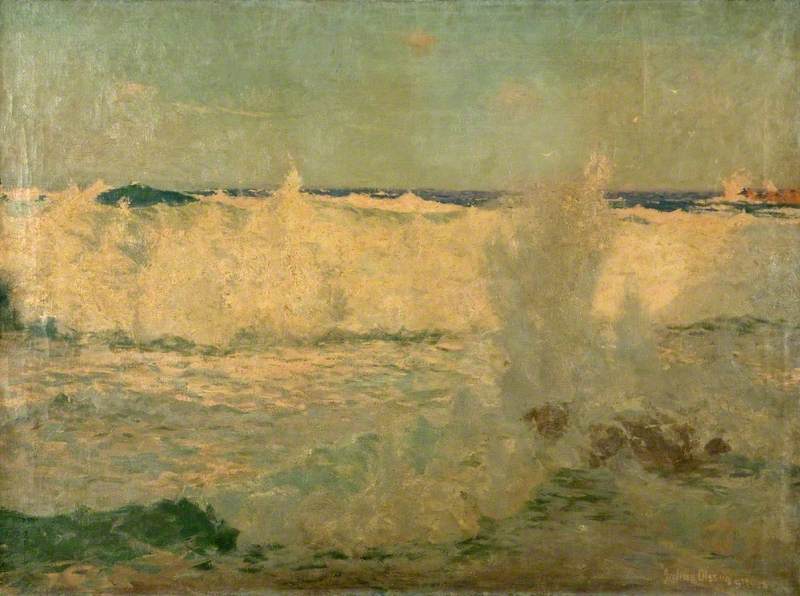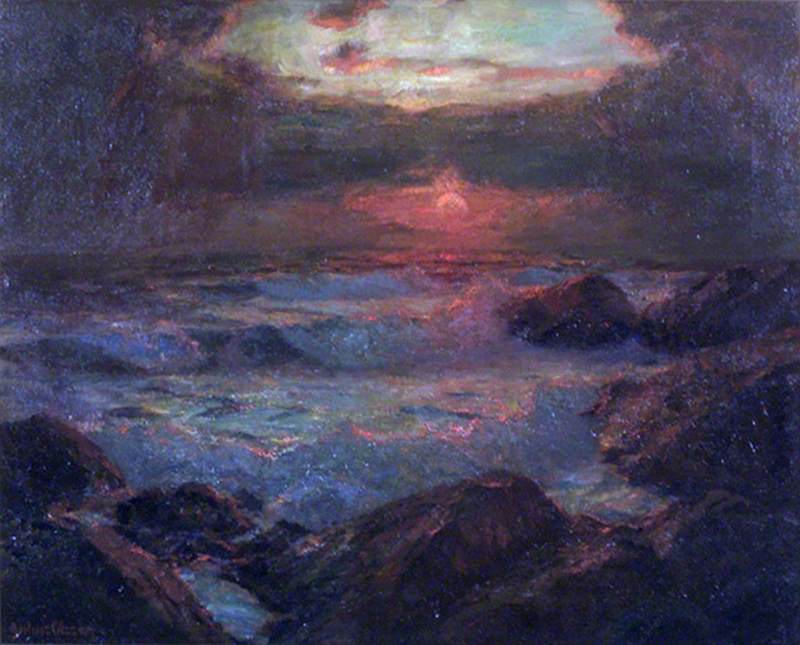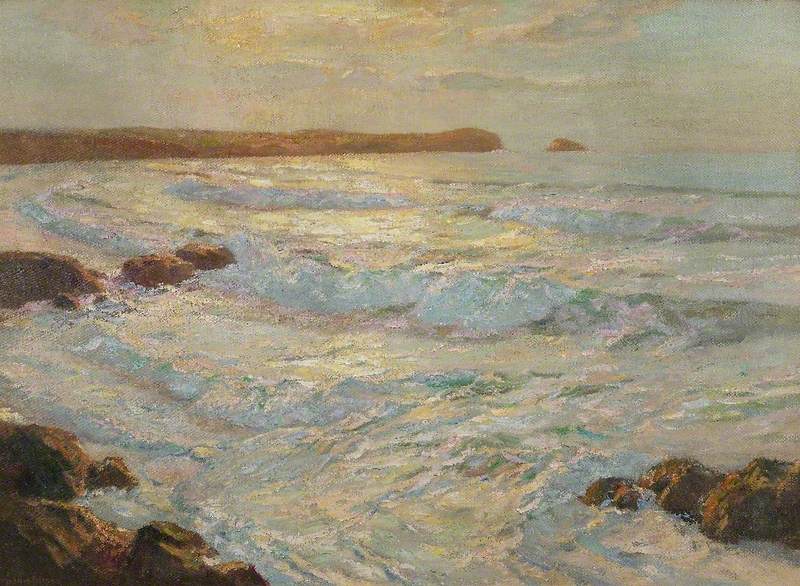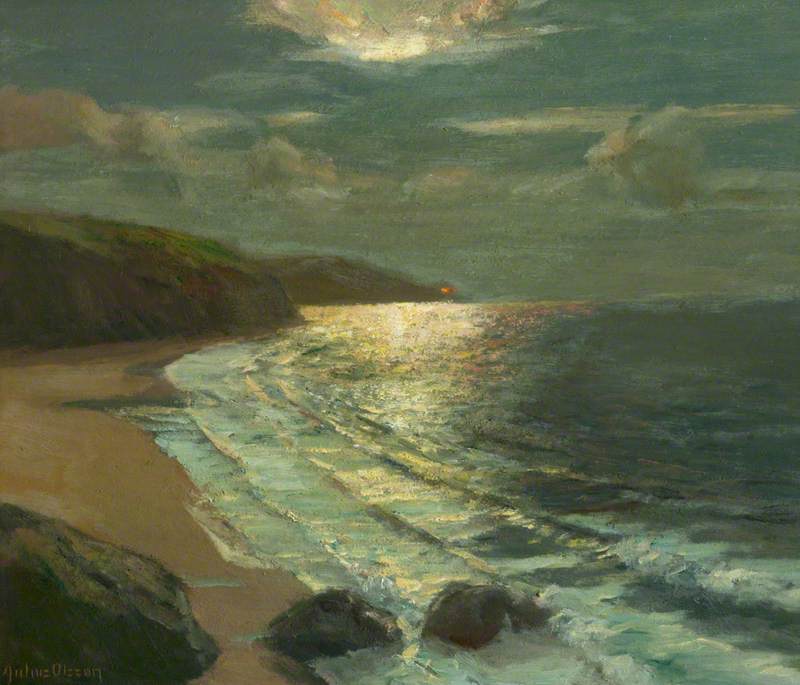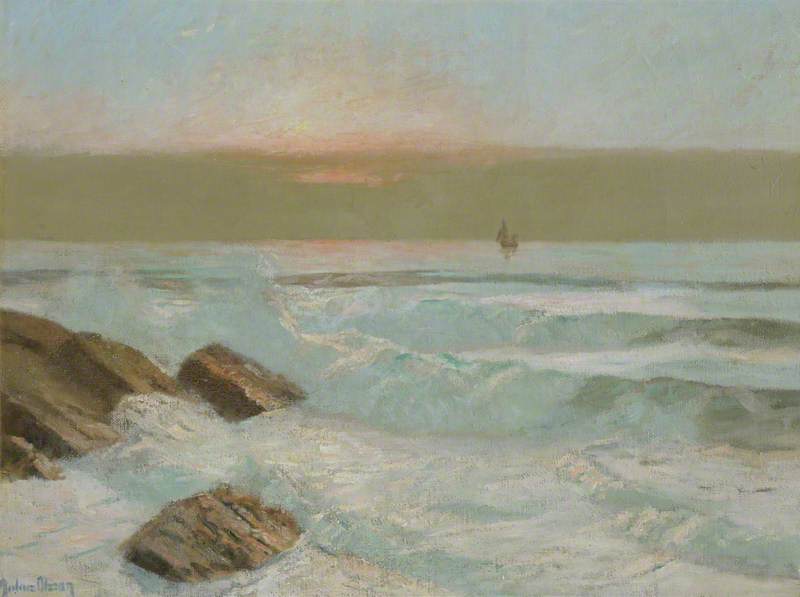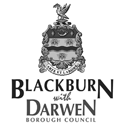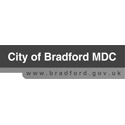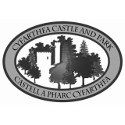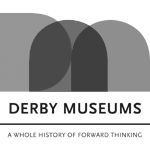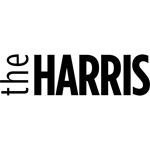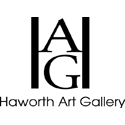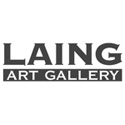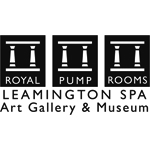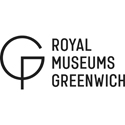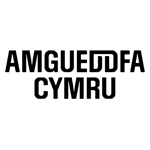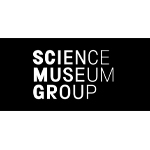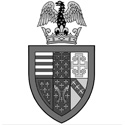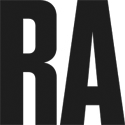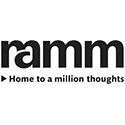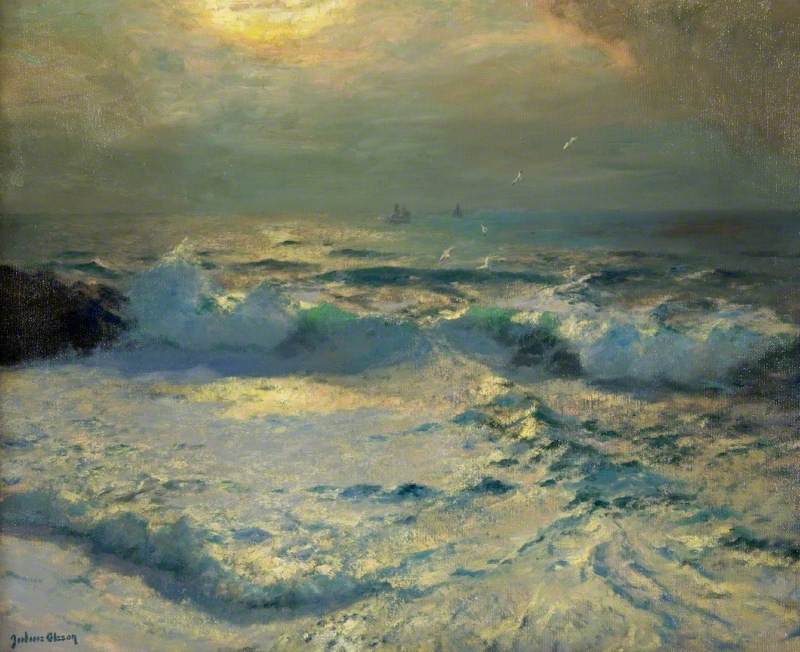
Albert Julius Olsson [commonly known as Julius Olsson] was born in Islington, London, England, on 1 February 1864. His father was a Swedish timber agent and he spent much of his childhood in Sweden. He was a largely self-taught artist. It is usually stated that he moved to St. Ives in Cornwall in about 1887, however, in the catalogues of the Royal Academy summer exhibitions his address is given as Purley, Surrey up until 1897. He probably had houses in both Purley and St. Ives. What is certain is that by 1897 he had settled in St. Ives and lived there until c.1912 when he moved to London. During his years in St. Ives he was an active member of the town's art colony. Olsson primarily painted seascapes. He exhibited regularly at the Royal Academy from 1890 to 1940.
He was elected a member of the Royal Society of British Artists (RBA) in 1890; New English Art Club (NEAC) in 1891; Royal Institute of Oil Painters (ROI) in 1897; an Associate of the Royal Academy (ARA) in 1914; a Royal Academician (RA) in 1920; an Honorary member of the Royal Miniature Society (HRMS) in 1926; and a member of the Societe Internationale des Peintres, Paris. He was President of the Royal Institute of Oil Painters from 1919 to 1942. He was also President of the St. Ives Society of Artists from 1928 to 1942.
During World War One, he advised the Admiralty on the camouflage of ships.
Following damage to his house by bombing in World War Two he moved to Dalkey, Co. Dublin, Ireland where he died Son 8 September 1942.
Text source: Arts + Architecture Profiles from Art History Research net (AHRnet) https://www.arthistoryresearch.net/
